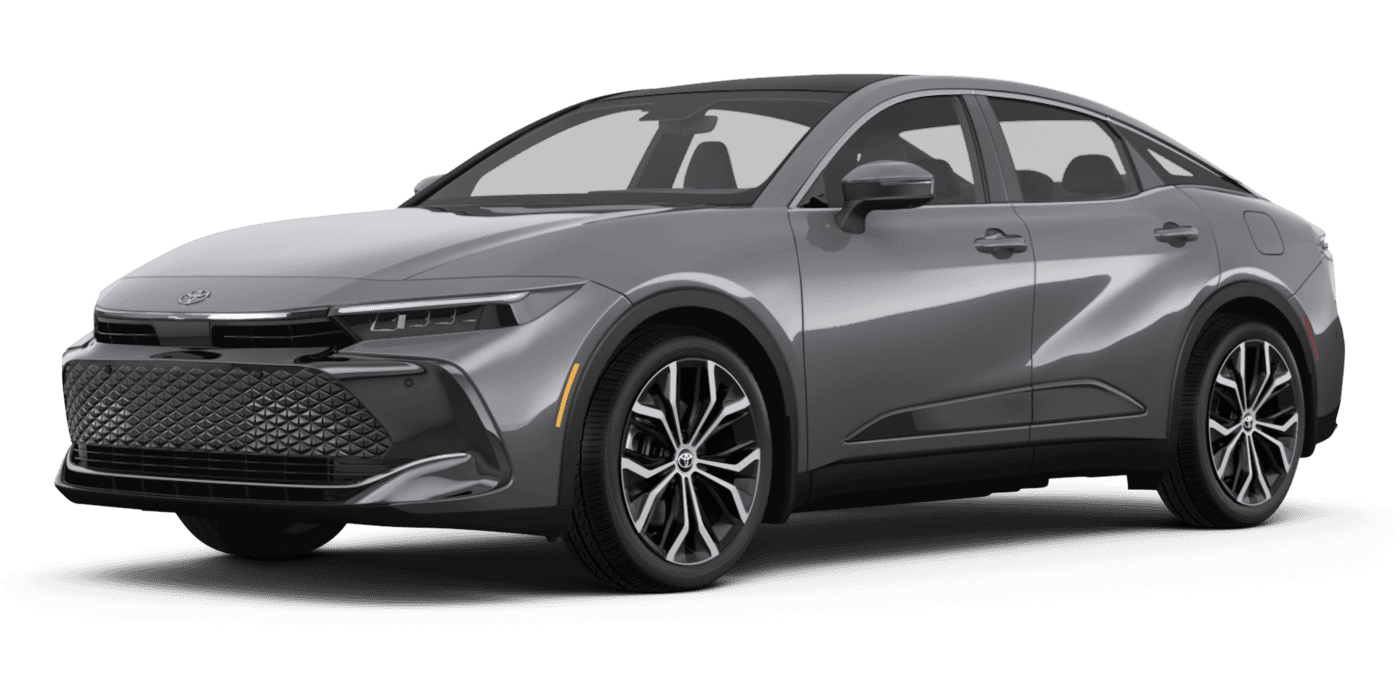The Pulse of News
Stay updated with the latest trends and insights.
Hybrid Cars: The Unsung Heroes of Modern Driving
Discover why hybrid cars are the unsung heroes of modern driving—fuel efficiency, performance, and eco-friendliness in one powerful package!
How Hybrid Cars Work: The Science Behind Improved Efficiency
Hybrid cars utilize a combination of internal combustion engines and electric motors to improve fuel efficiency. The key to their efficiency lies in the way they manage the power source: the internal combustion engine and the electric motor work in tandem, allowing the vehicle to optimize energy consumption based on driving conditions. For instance, during low-speed driving, the electric motor takes precedence, contributing to lower emissions and noise. Additionally, the vehicle can use regenerative braking, which captures energy typically lost during braking and stores it in the battery for later use. This seamless integration of technologies results in significantly improved miles per gallon (MPG) compared to traditional cars.
The science behind hybrid cars is deeply rooted in energy management systems. These systems monitor and control the output of both the electric motor and the combustion engine, ensuring that the vehicle operates at maximum efficiency. Key components of this system include battery packs, which store electric energy, and inverters, which convert direct current (DC) from the battery to alternating current (AC) for the electric motor. By intelligently switching between power sources and recycling energy, hybrid technology not only enhances vehicle performance but also significantly reduces carbon footprints, making it an eco-friendly alternative in today’s automotive landscape.

The Environmental Benefits of Driving Hybrid: Making a Difference
Driving a hybrid vehicle significantly contributes to reducing environmental impact. Hybrid cars utilize a combination of a traditional internal combustion engine and an electric motor, which results in lower emissions. According to estimates, these vehicles can produce up to 50% less CO2 compared to conventional gasoline cars. This reduction in greenhouse gases is crucial in combating climate change, as it leads to improved air quality and a healthier environment for all. Additionally, hybrids consume less fuel due to their enhanced efficiency, further decreasing dependence on fossil fuels and supporting sustainable energy practices.
Moreover, the production of hybrid vehicles promotes sustainable manufacturing practices. Many hybrid models utilize recyclable materials and prioritizes energy-efficient production methods that minimize waste. By choosing to drive a hybrid, consumers are not just opting for a fuel-efficient transportation option; they are actively participating in a movement towards a more sustainable future. In the long run, driving hybrid not only lowers individual carbon footprints but also encourages automotive manufacturers to innovate and develop greener technologies, making a significant difference in the fight against environmental degradation.
Are Hybrid Cars Worth It? Factors to Consider Before Buying
When considering whether hybrid cars are worth it, several factors come into play. First and foremost, you need to evaluate your driving habits. If you typically drive short distances and spend a lot of time in stop-and-go traffic, a hybrid can offer significant fuel savings compared to a conventional vehicle. Additionally, look into the initial cost of a hybrid car and how it compares to its gas-powered counterparts. Although hybrids can be more expensive upfront, the potential savings on fuel and available tax incentives can offset the initial investment over time.
Another critical aspect to consider is maintenance costs. While hybrids tend to have fewer mechanical issues thanks to their simpler engine design, battery replacement can be a significant expenditure. Therefore, it's important to research the warranty and lifespan of the hybrid battery, which can vary widely among brands. Furthermore, consider the environmental impact; hybrid cars generally emit fewer pollutants than traditional vehicles, contributing to a smaller carbon footprint. By weighing these factors, you can make a more informed decision about whether investing in a hybrid car aligns with your financial and environmental goals.